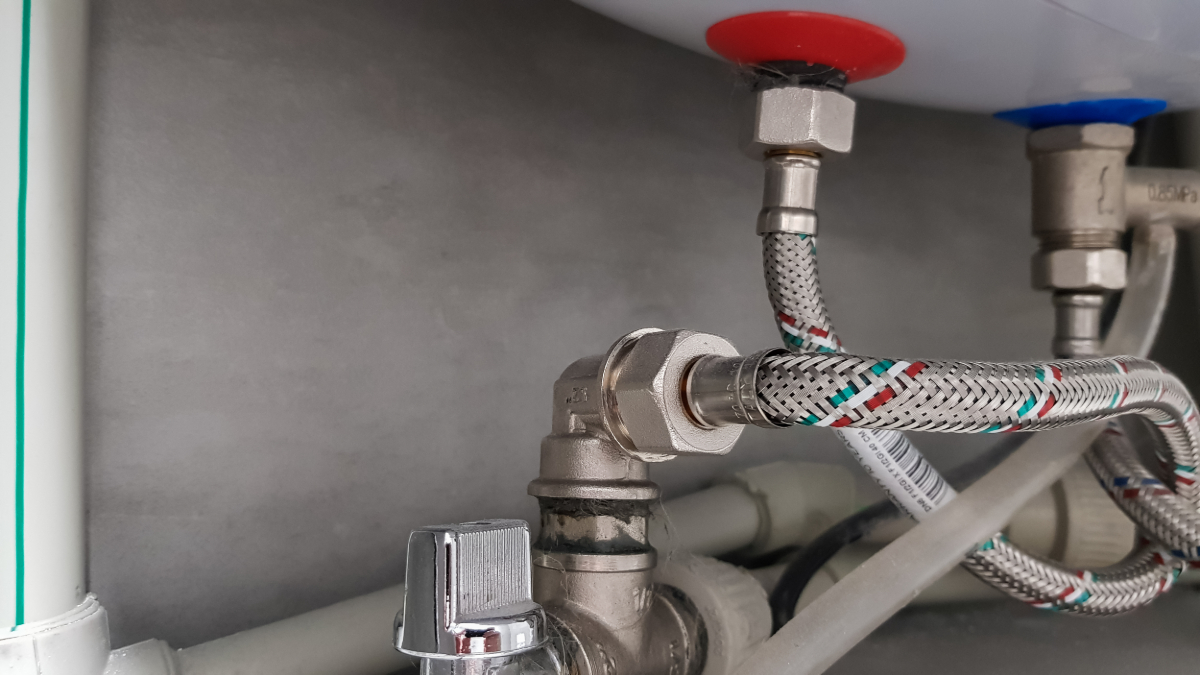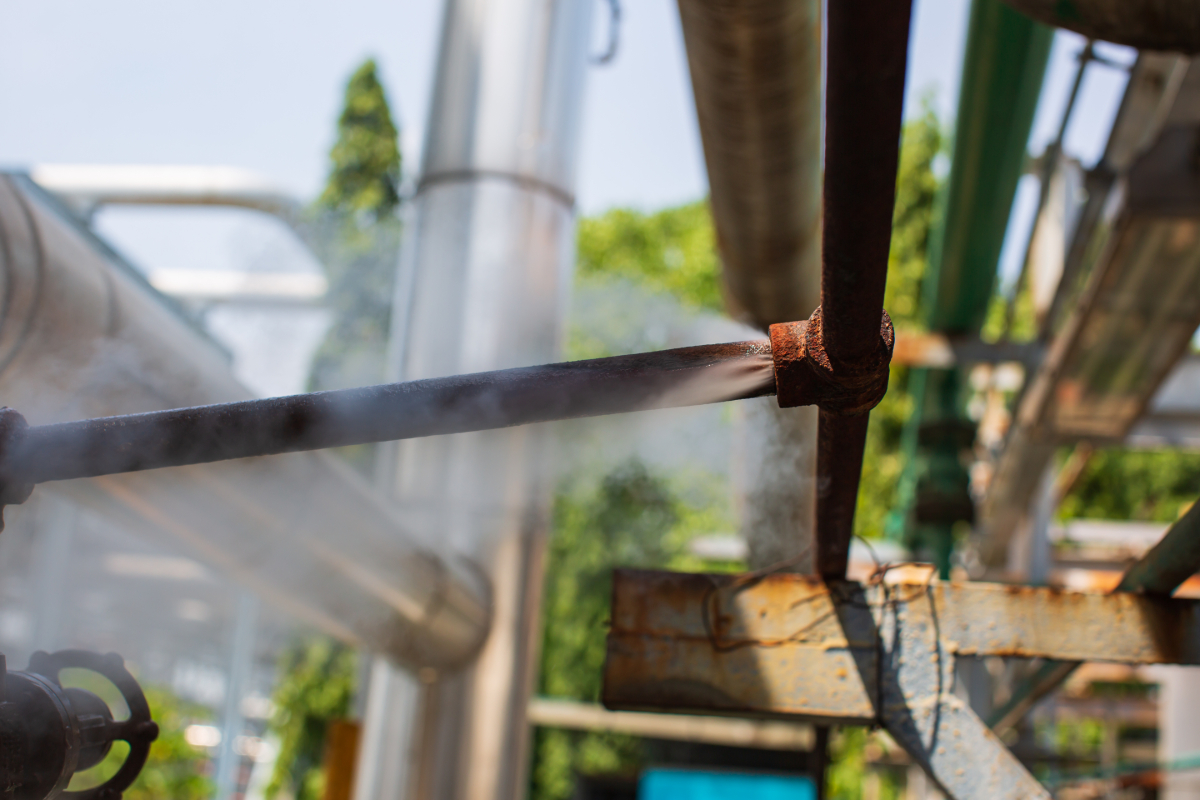We've come across the article involving Plumbing Issues in Older Properties and How to Fix Them directly below on the net and thought it made sense to write about it with you here.

Older homes commonly feature appeal, character, and history, but they can likewise bring a host of pipes concerns. Whether you're handling maturing pipes, low water stress, or leaks, recognizing exactly how to address these common troubles is vital to preserving a safe and practical home. In this guide, we'll discover the normal plumbing obstacles faced by older homes and give functional services to maintain your pipes in top form.
Comprehending Common Plumbing Concerns
Aging Pipelines
One of the most common concerns in older homes is maturing pipes. Relying on the age in which your home was built, the pipes may be made from materials that have worn away with time, such as galvanized steel, cast iron, or perhaps lead. These products can corrode, become brittle, or establish leaks, bring about water damage and potential carcinogen.
Water Quality Screening
Older pipes can affect the top quality of your water. Conduct a water top quality test to check for contaminants such as lead, corrosion, or other impurities that may be presented by maturing pipes.
Solutions for Usual Plumbing Concerns
Replacing Aging Pipes
If your home has old, weakening pipes, consider changing them with modern products like copper or PEX. This can be a significant financial investment, but it will certainly stop future concerns and enhance the safety and security and dependability of your plumbing system.
Taking Care Of Low Tide Stress
To fix low water pressure, begin by cleaning or replacing old components and eliminating mineral build-up in the pipelines. If the trouble lingers, it might be needed to replace sections of corroded pipelines.
Repairing and Changing Leaking Pipelines
For small leaks, you can make use of pipe clamps or epoxy putty as a short-term fix. Nonetheless, it's best to replace dripping pipelines entirely to prevent further damage.
Upgrading Components
Updating old fixtures to modern, water-efficient designs can boost your home's plumbing efficiency and decrease water usage. Try to find components with the WaterSense tag for the best effectiveness.
Managing Pipeline Deterioration
If your pipelines are worn away, changing them with corrosion-resistant materials like copper, PVC, or PEX is the very best solution. Normal examinations and water top quality maintenance can help protect against even more deterioration.
Low Tide Pressure
If you're experiencing low tide pressure, maybe as a result of natural resources, corrosion inside the pipes, or old components that are no more functioning effectively. This can be a significant inconvenience, particularly in areas like showers and sinks.
Leaking Pipelines
Leaks are an additional regular issue in older homes, often caused by corroded or worn-out pipes. Even little leakages can cause significant water damages, mold development, and enhanced water expenses otherwise addressed quickly.
Obsolete Components
Out-of-date pipes fixtures such as taps, commodes, and showerheads not just look old yet might additionally be less effective, vulnerable to leakages, or incompatible with contemporary pipes standards.
Pipe Corrosion
Deterioration is an usual issue in older pipes, particularly those made from galvanized steel or cast iron. Corroded pipes can limit water circulation, create staining, and ultimately result in leaks or pipeline ruptureds.
Assessing the Condition of Your Plumbing
Examining Visible Pipes
Beginning by inspecting any kind of noticeable pipelines in your house, such as those in cellars, crawl spaces, or under sinks. Search for signs of deterioration, leakages, or corrosion, which can show underlying concerns.
Looking for Leaks
Look for leaks by examining areas around faucets, bathrooms, and under sinks. You can also monitor your water meter prior to and after a period of no water make use of to identify concealed leakages.
When to Call a Professional
While some pipes problems can be managed with do it yourself remedies, there are times when it's finest to employ a specialist. If you're dealing with significant leaks, considerable rust, or are uncertain about the condition of your pipelines, a certified plumbing can give professional assessment and fixing.
Preventive Upkeep Tips
Regular Evaluations
Regularly check your pipes system for indicators of wear and tear. Catching issues early can protect against costly fixings down the line.
Water Stress Regulation
Ensure your water stress is within the advised variety to avoid worrying your pipelines and components. A plumbing technician can mount a stress regulatory authority if required.
Water Quality Maintenance
Mount water filters or conditioners if your water top quality is poor. This can secure your pipes and fixtures from damage caused by tough water or impurities.
Aggressive Pipeline Substitute
If your home has older pipelines, take into consideration positive replacement before major issues occur. This can conserve you from emergency situation repairs and water damages.
Final thought
Taking care of pipes problems in older homes needs a mix of alertness, preventive maintenance, and timely upgrades. By comprehending the usual obstacles and understanding when to seek expert help, you can ensure your pipes system stays useful and dependable for many years to come.
Common Plumbing Issues in Older Homes and How to Fix Them
Owning an older home in Australia comes with its unique charm and a set of challenges, especially when it comes to plumbing. The Sunshine Coast has many older properties that can harbour plumbing problems that aren t just inconvenient but potentially costly. Here s a look at some common plumbing issues in older homes and expert advice on how to handle them.
Outdated Piping Materials
Many older homes were built with galvanised steel, cast iron, or even lead pipes, materials that are far from ideal by today s standards. Galvanised pipes are prone to corrosion and clogging, while lead pipes pose serious health risks.
How to Fix:
Replacing old pipes is a job for a professional. Upgrading to copper or PVC piping not only enhances water quality and flow but also increases the property s safety and value. If you suspect your home has outdated materials, a licensed plumber can conduct a thorough inspection and recommend the best course of action.
Corrosion and Pipe Degradation
Over time, exposure to water and minerals can cause pipes to corrode, leading to leaks, bursts, and water contamination. Corrosion is especially common in homes over 50 years old.
How to Fix:
Regular inspections can catch early signs of corrosion. If corrosion is found, the affected section of piping often needs to be replaced. For homes with extensive corrosion, a complete plumbing overhaul might be necessary. It s crucial to consult with a plumbing expert to understand the extent of the issue.
Tree Root Intrusion
Older neighbourhoods usually have mature trees whose roots can intrude into pipe lines, causing blockages or damage. This is particularly problematic for sewer lines, where roots seek out water sources.
How to Fix:
A plumber can use a specialised camera to inspect sewer lines for root intrusion. If roots are a problem, methods like root cutting or hydro-jetting can clear the obstruction. In severe cases, part of the pipe may need replacing. Consider root barriers around the piping to prevent future issues.
Inadequate Water Pressure
Low water pressure in older homes can be due to various factors, including corroded water lines, sediment build-up in pipes, or outdated fixtures.
How to Fix:
First, check if the low pressure is isolated to one area or throughout the house. Replacing old fixtures can sometimes resolve the issue. However, if the problem is more widespread, it might be due to sediment or corrosion. Flushing the system or replacing the affected pipes usually restores normal pressure. Again, a professional assessment is advisable.
Outdated Fixtures
Older homes often feature fixtures that are not only visually dated but functionally inefficient. This includes everything from toilets and taps to showerheads and washing machine hoses.
How to Fix:
Updating these fixtures can improve both water efficiency and the aesthetic appeal of your home. Modern fixtures are designed to conserve water, which can significantly reduce your water bill and lessen your environmental impact.
Conclusion
Maintaining the plumbing in an older home requires a proactive approach. Regular checks and updates are key to preserving these beautiful properties. If you re facing plumbing issues in your older home, it s best to call on experienced professionals like Green & Gold Plumbing & Gas. With the right expertise, even the most daunting plumbing problems can be resolved, ensuring that your home s character is maintained while its functionality is enhanced.
https://gandgplumbing.com.au/common-plumbing-issues-in-older-homes-and-how-to-fix-them/

We had been introduced to that editorial on through a pal on a different web property. If you enjoyed reading our article please remember to pass it around. Thank you for being here. Kindly come visit our blog back soon.
Rates